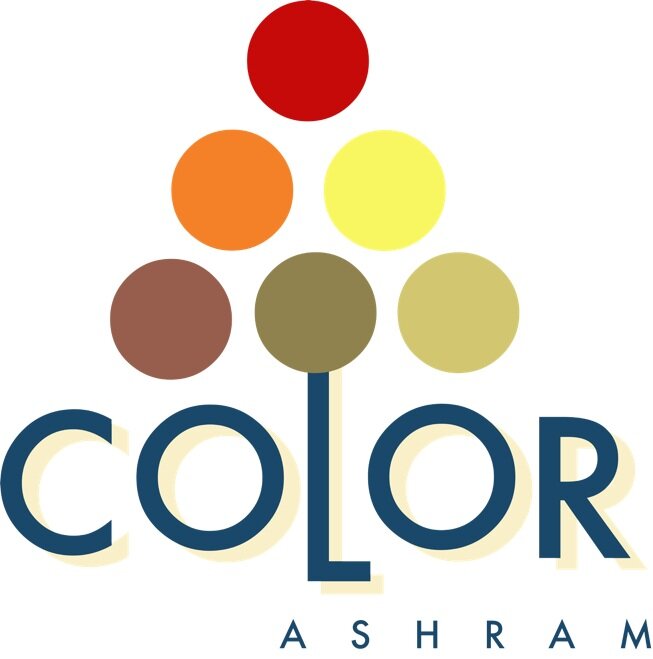 Image 1 of 9
Image 1 of 9

 Image 2 of 9
Image 2 of 9

 Image 3 of 9
Image 3 of 9

 Image 4 of 9
Image 4 of 9

 Image 5 of 9
Image 5 of 9

 Image 6 of 9
Image 6 of 9

 Image 7 of 9
Image 7 of 9

 Image 8 of 9
Image 8 of 9

 Image 9 of 9
Image 9 of 9










Eco Resist Fabric Painting with Starch and Soyawax
Learn about using Resist for fabric painting: watch: YouTube Video
Resist dyeing is a traditional method of dyeing textiles with patterns. Techniques are used to "resist" or prevent the dye from reaching all the cloth, thereby creating a pattern and ground. In the resist method of dyeing the patterned areas are covered with a layer of resist paste so they will not receive the color. The traditional batik-inspired craft is shaped with a sustainable method. We use a starch-based resist paste keeping sustainability in prior.
Why eco-resist paste?
Our paste is made with a mixture of wheat flour, sugar, natural gum or Gond, and water which is entirely safe and biodegradable in nature. Even after the dyeing process is done, the eco-resist paste solution if released into the environment, won't affect the soil particles and nature. It actually makes soil alive and acts as a mineral. This Eco resist paste has been prepared by the Research & Development team of Biome and the ColorAshram team.
Learn about using Resist for fabric painting: watch: YouTube Video
Resist dyeing is a traditional method of dyeing textiles with patterns. Techniques are used to "resist" or prevent the dye from reaching all the cloth, thereby creating a pattern and ground. In the resist method of dyeing the patterned areas are covered with a layer of resist paste so they will not receive the color. The traditional batik-inspired craft is shaped with a sustainable method. We use a starch-based resist paste keeping sustainability in prior.
Why eco-resist paste?
Our paste is made with a mixture of wheat flour, sugar, natural gum or Gond, and water which is entirely safe and biodegradable in nature. Even after the dyeing process is done, the eco-resist paste solution if released into the environment, won't affect the soil particles and nature. It actually makes soil alive and acts as a mineral. This Eco resist paste has been prepared by the Research & Development team of Biome and the ColorAshram team.
Learn about using Resist for fabric painting: watch: YouTube Video
Resist dyeing is a traditional method of dyeing textiles with patterns. Techniques are used to "resist" or prevent the dye from reaching all the cloth, thereby creating a pattern and ground. In the resist method of dyeing the patterned areas are covered with a layer of resist paste so they will not receive the color. The traditional batik-inspired craft is shaped with a sustainable method. We use a starch-based resist paste keeping sustainability in prior.
Why eco-resist paste?
Our paste is made with a mixture of wheat flour, sugar, natural gum or Gond, and water which is entirely safe and biodegradable in nature. Even after the dyeing process is done, the eco-resist paste solution if released into the environment, won't affect the soil particles and nature. It actually makes soil alive and acts as a mineral. This Eco resist paste has been prepared by the Research & Development team of Biome and the ColorAshram team.
DIY KIT: Beginner Level: You can learn to make the resist paste and then apply on fabric, followed by painting with ready-to-use natural dye pastes in the kit. There is an instruction manual and video tutorial to guide you throughout.
ONLINE: Intermediate Level-This is an online course consisting of 3 online sessions up to 40 minutes each, where you are guided by our trainer on how to do different kinds of resist applications followed by painting on larger fabrics, maintain consistency, wash or cure efficiently, equipment needed, alter the consistency of the paste, how to make new shades, RFD process of the fabric to be painted and so on. These sessions are flexible and can be scheduled at your pace and time. You have to buy materials by your own choice from our ColorShop
OFFLINE: Advanced Level: This is an offline workshop held at ColorAshram in Ahmedabad where we teach you to resist wax and use of the batik pen. It can unleash the potential of innumerable designs for production-level work and dyeing. This session can be 3 days long, 2 hours per day,depending on the requirement of your application. It has to be scheduled 2-3 weeks in advance and is good for those who want to use resist for professional purposes.
